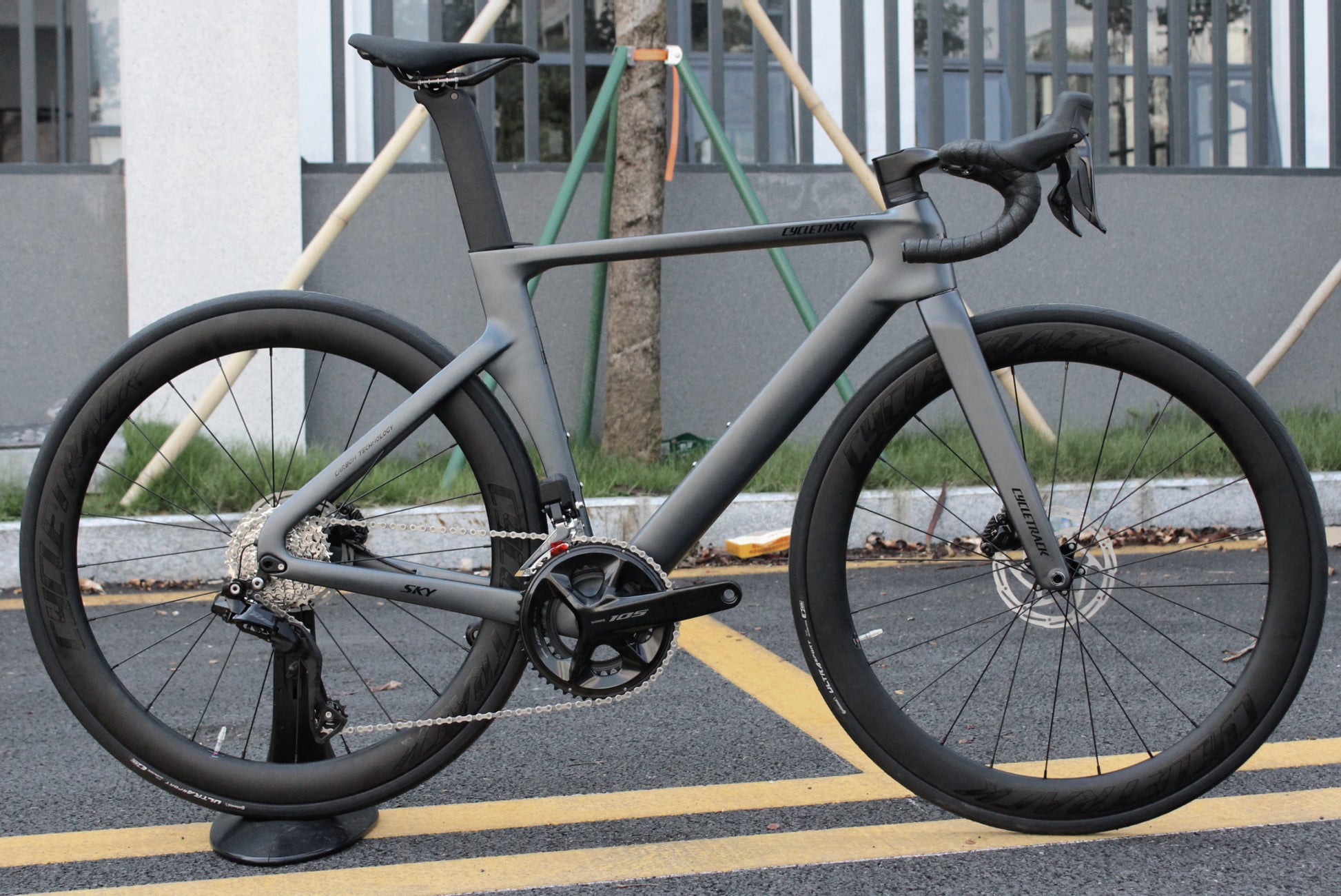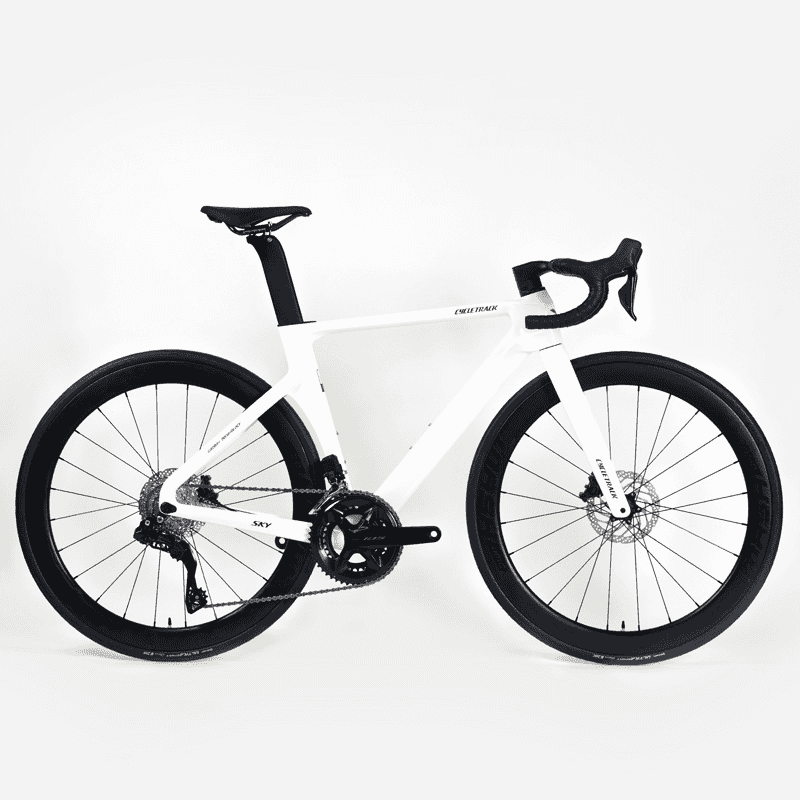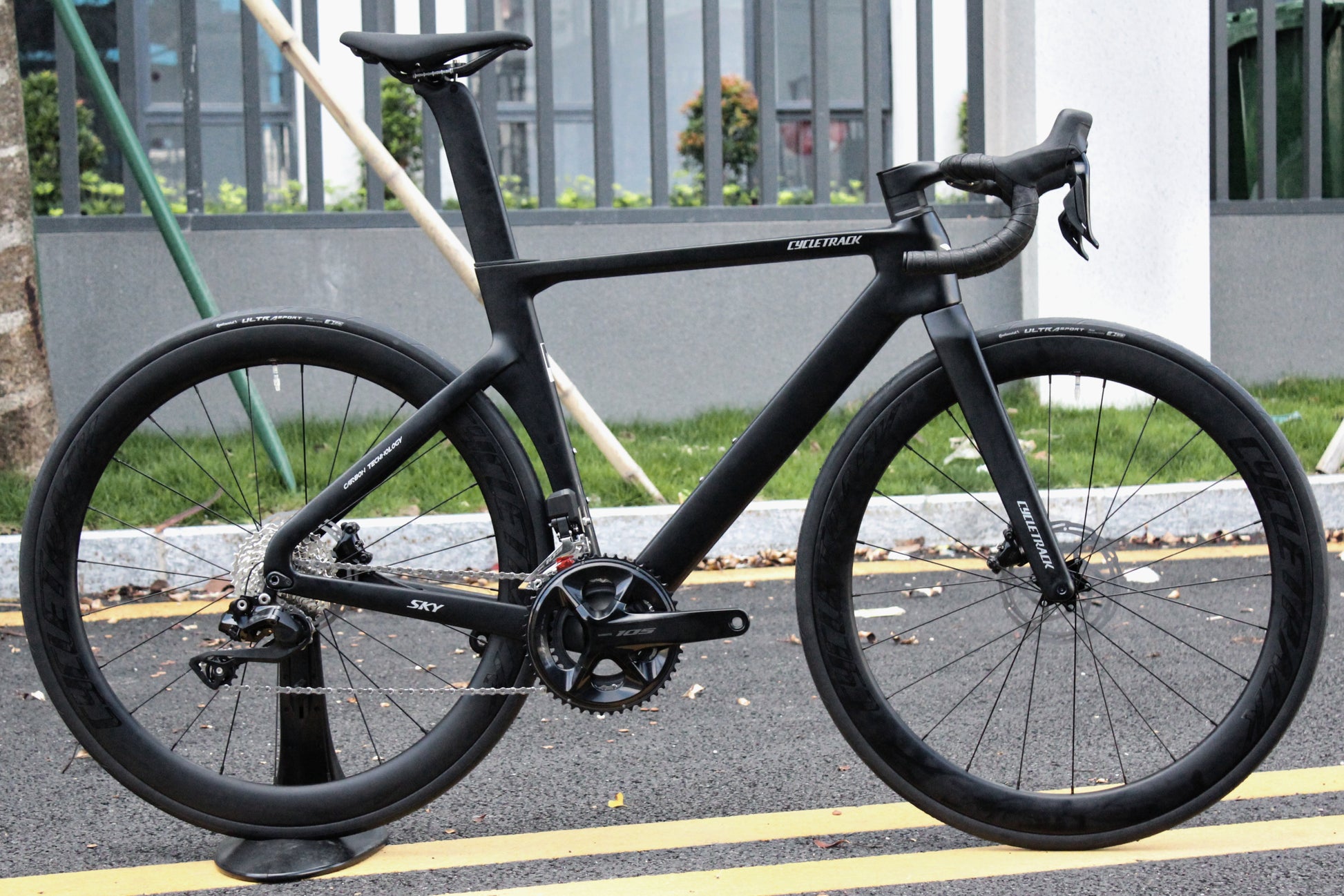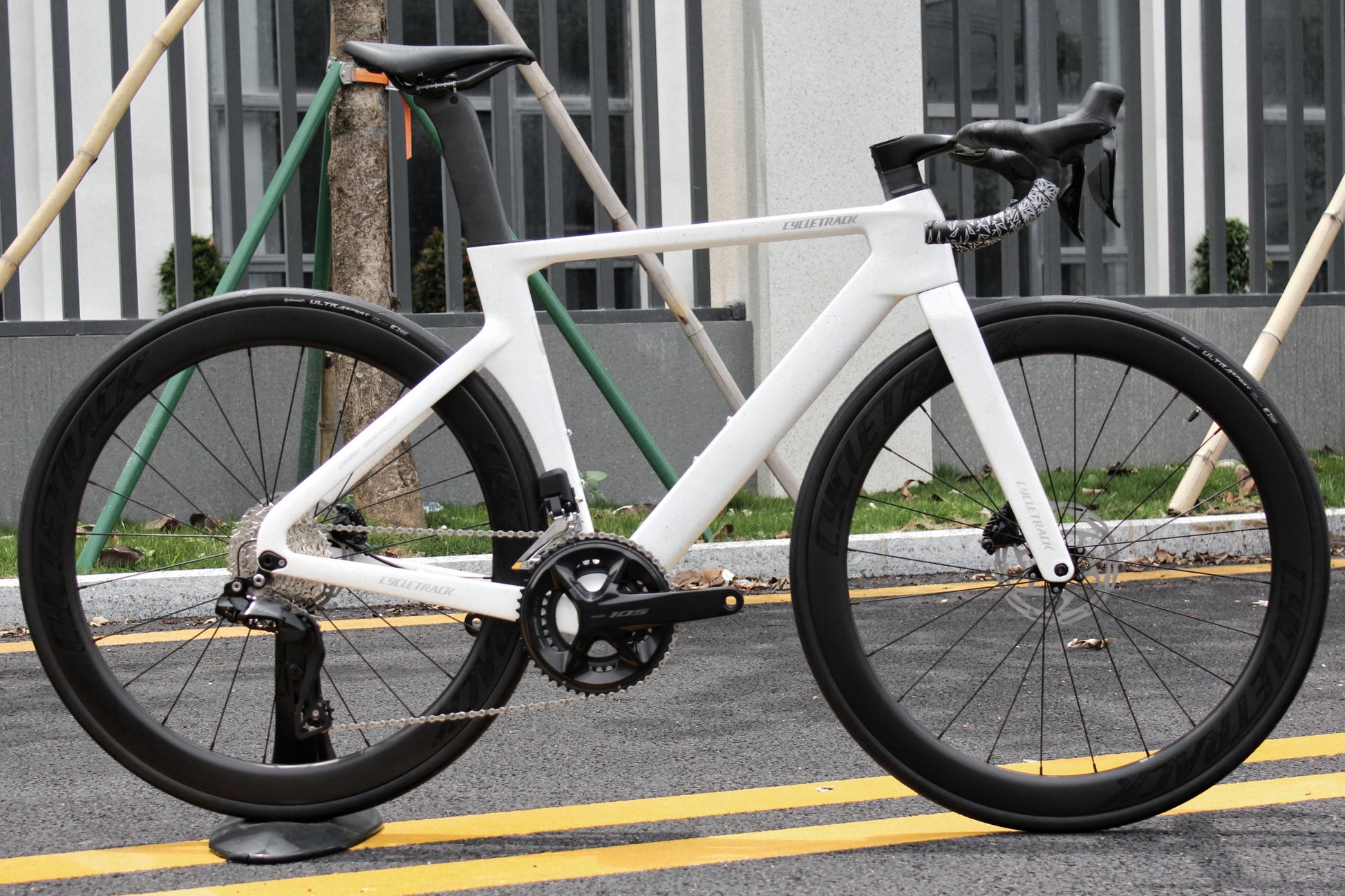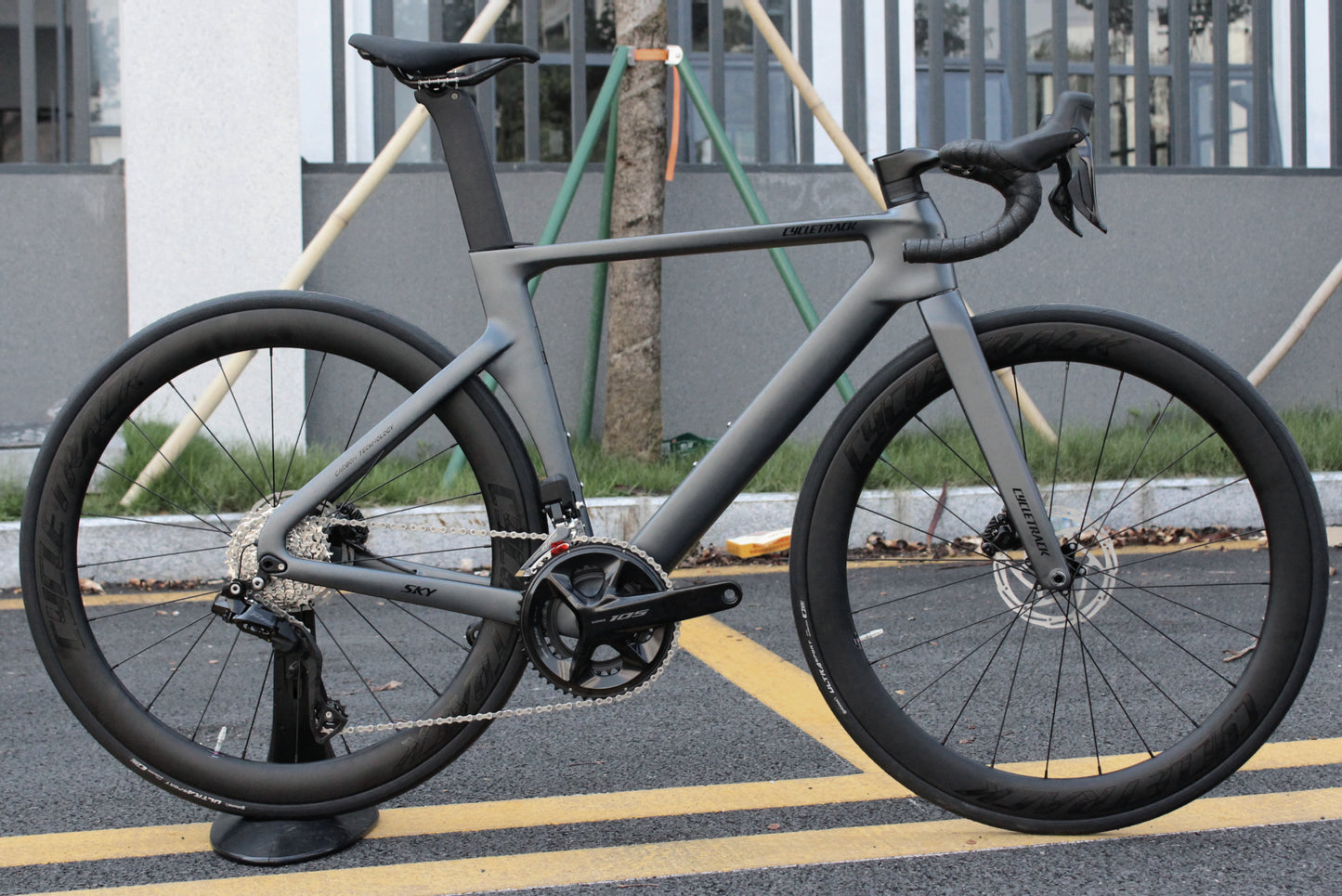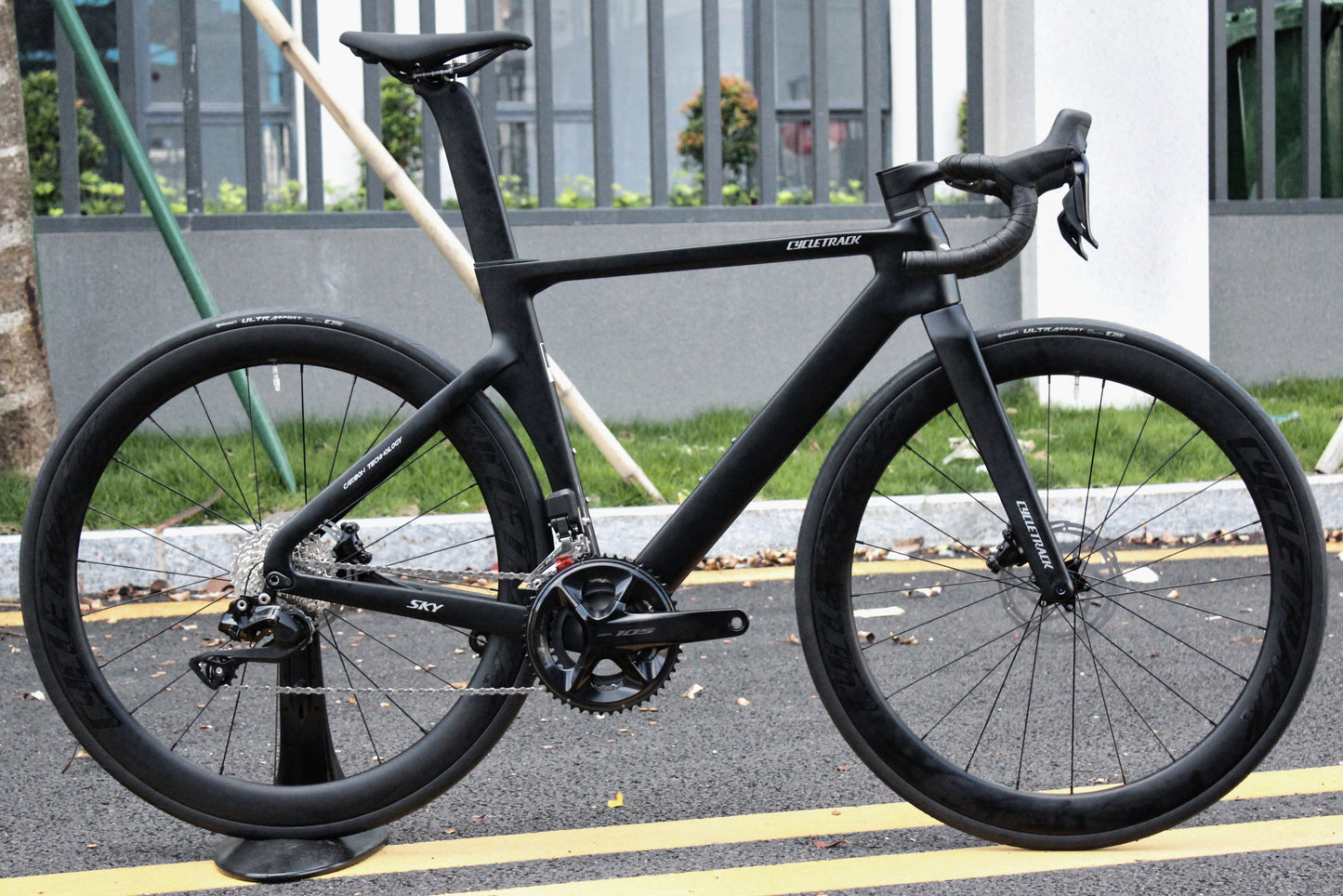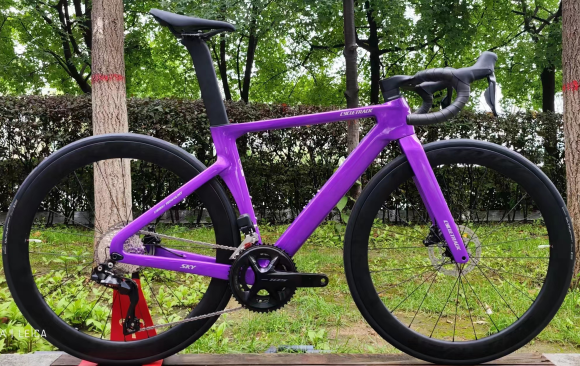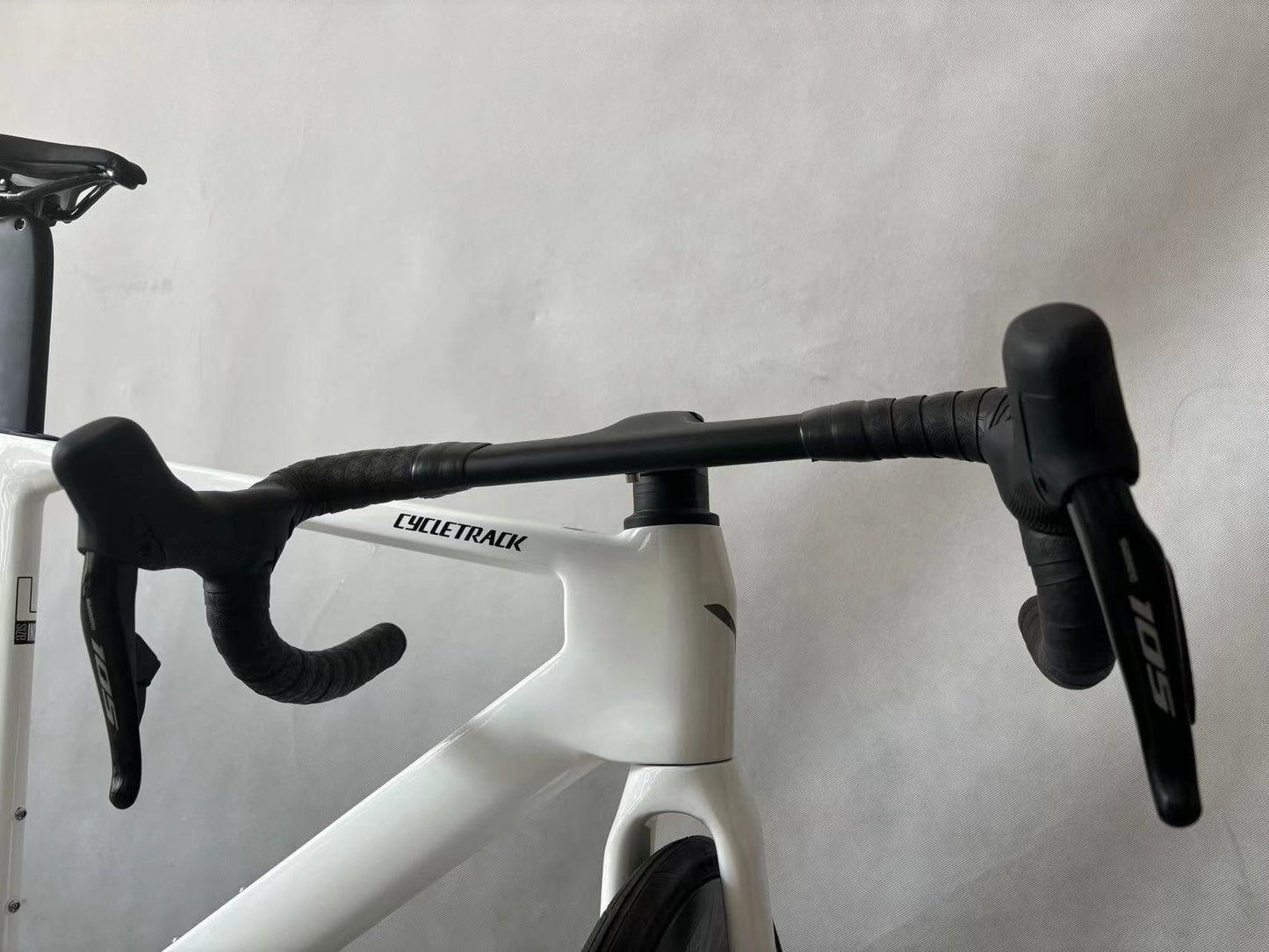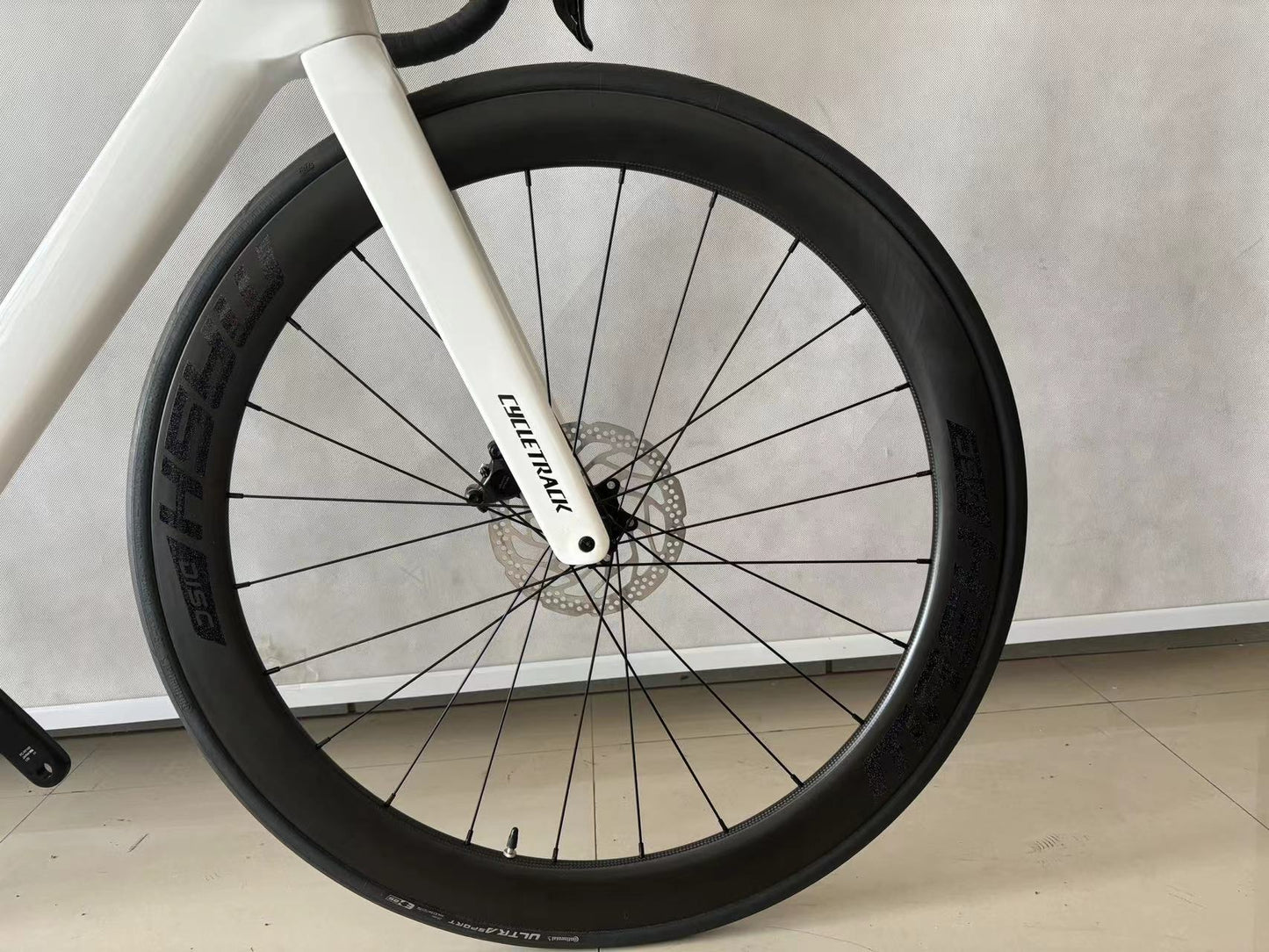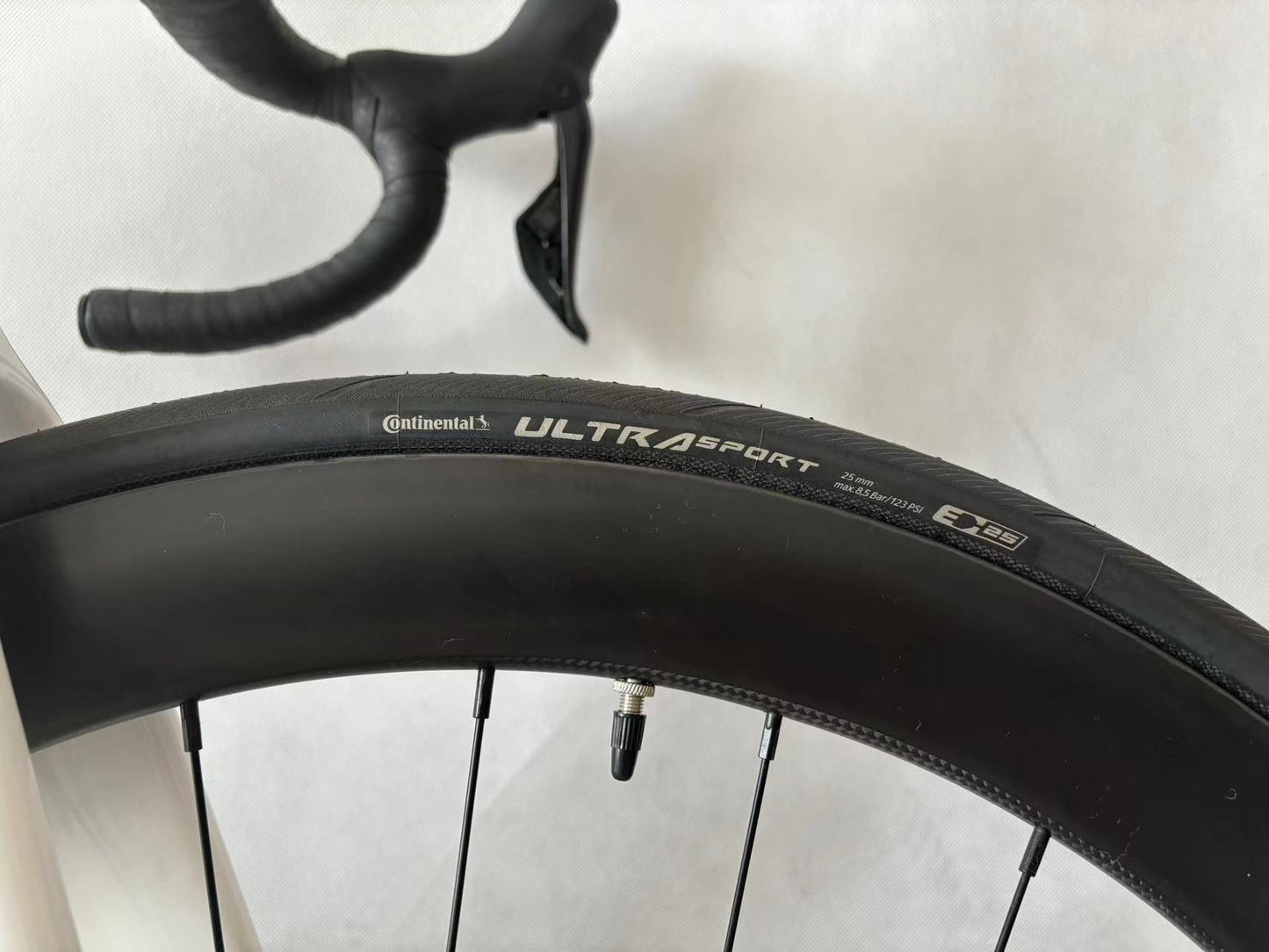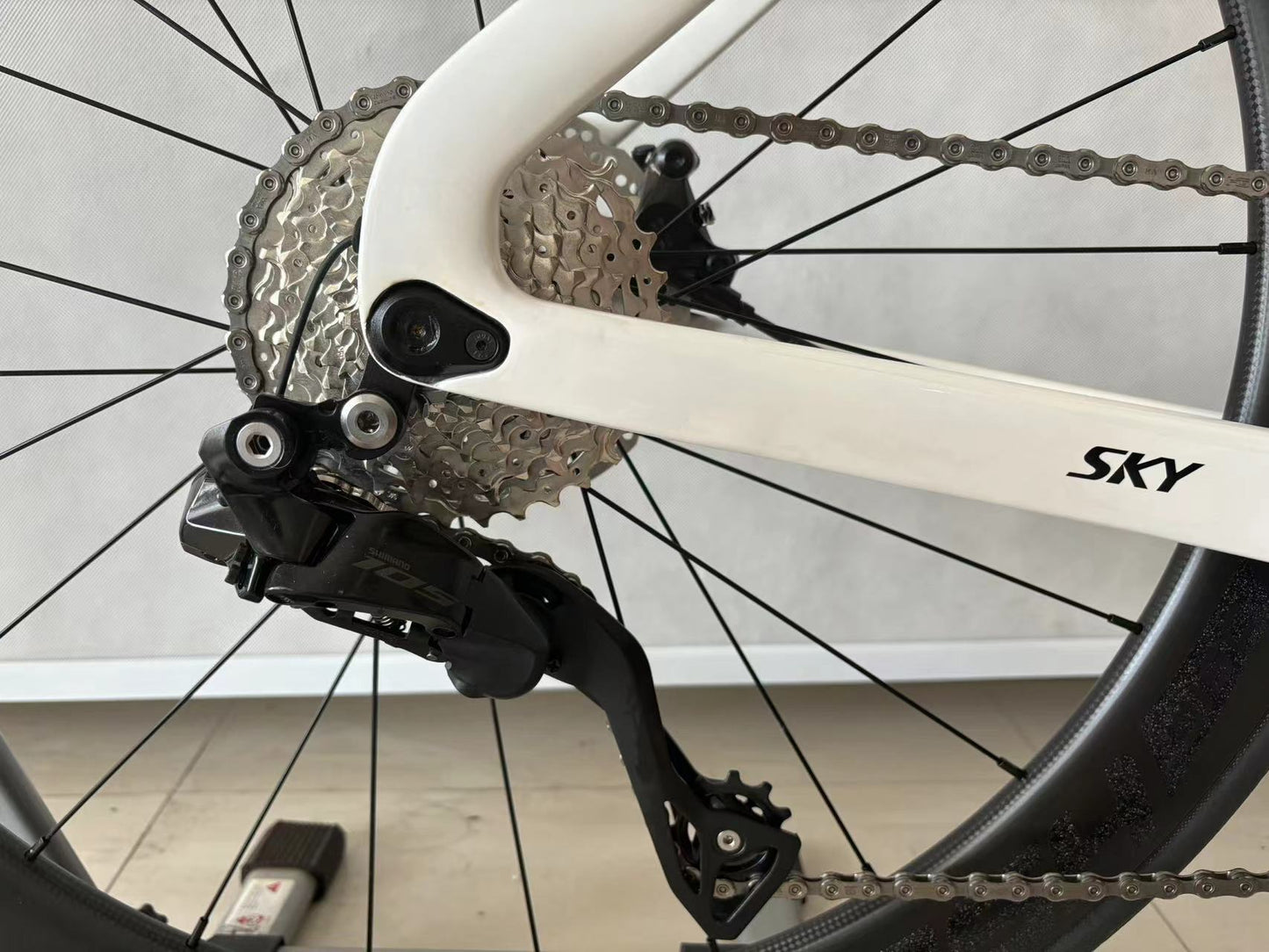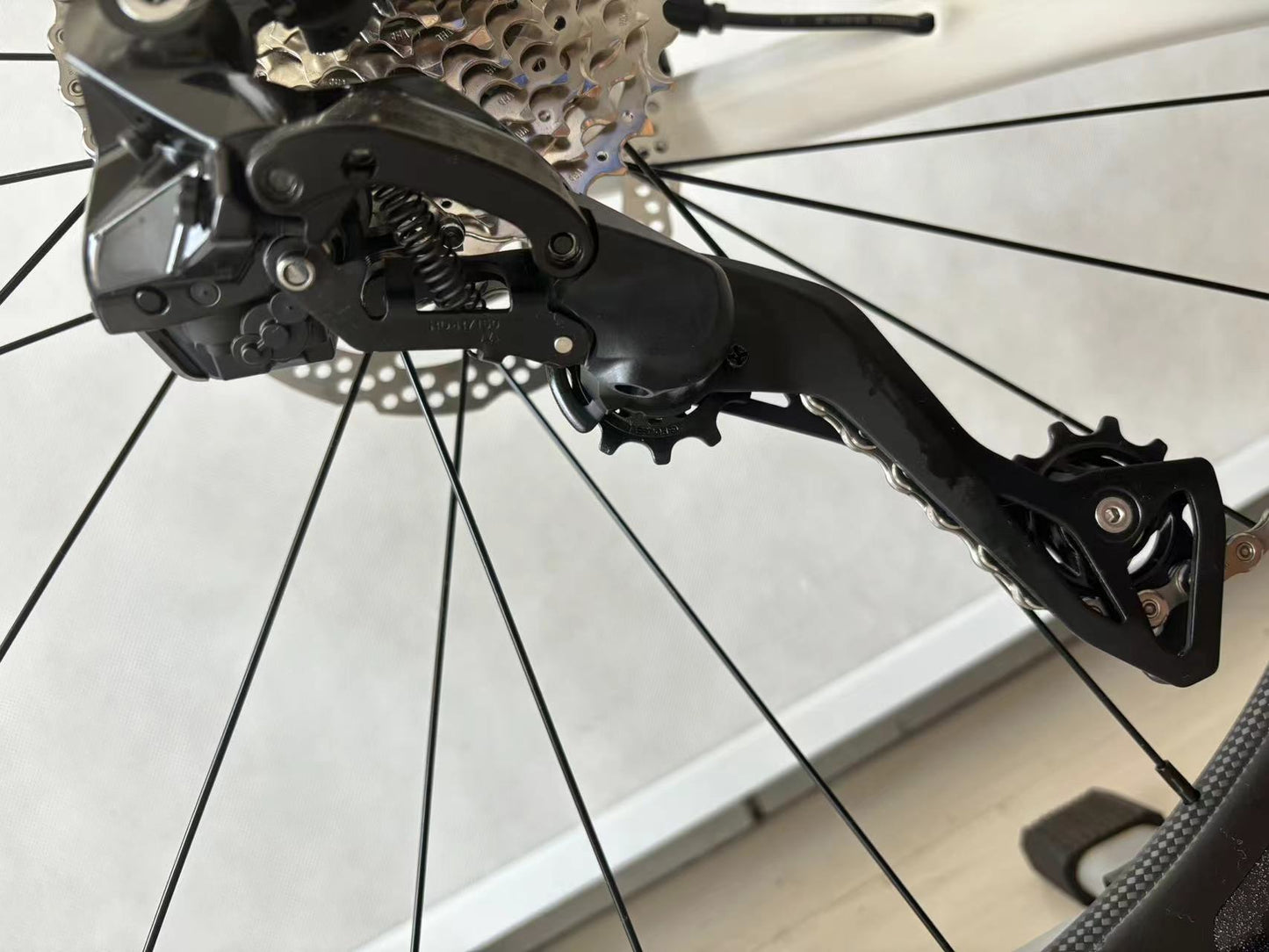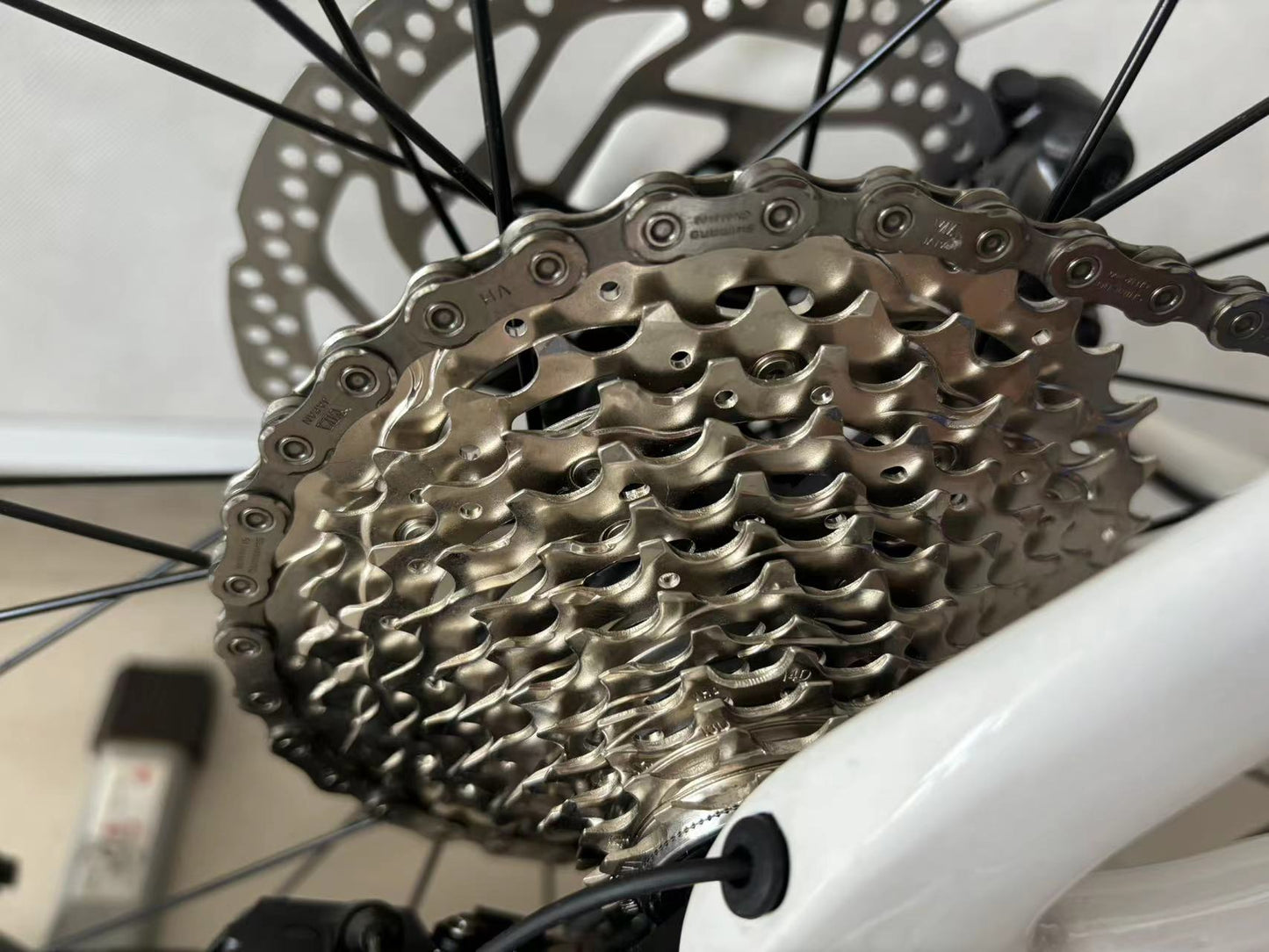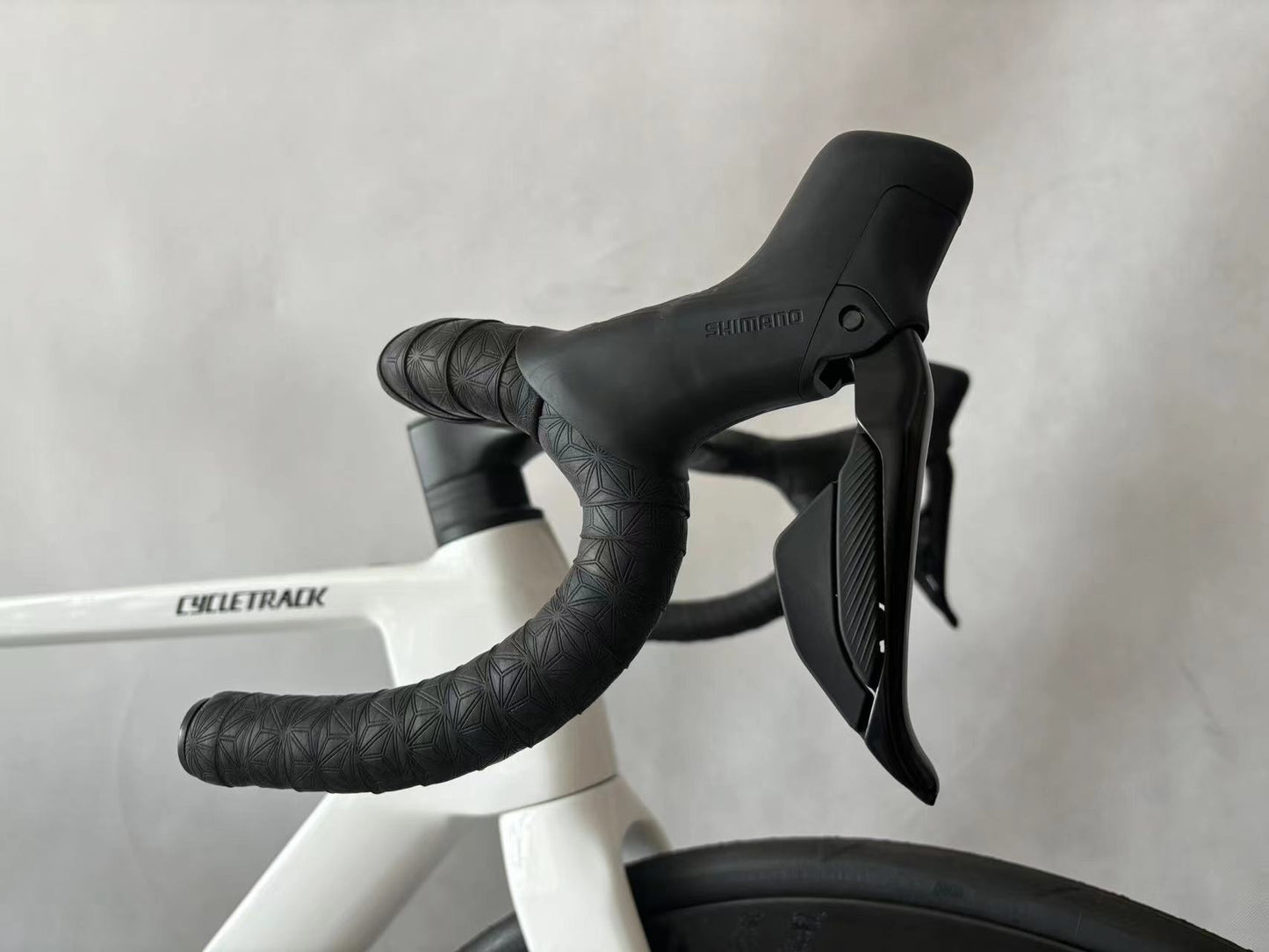The choice between a road bike and a mountain bike mainly depends on your riding purpose, preference for road conditions, and physical needs. Here is a comparison and purchasing advice for the two:
1. Riding Scenarios
Road Bike
Suitable for: Paved roads (highways, urban roads), long - distance riding, racing, and fitness.
Advantages: Light - weight body, narrow tires with low rolling resistance, and drop - bar design to reduce wind resistance, suitable for high - speed cruising (above 20 - 30 km/h).
Limitations: Poor adaptability to complex road conditions such as potholes and gravel, and relatively low comfort (especially for long - distance riding where one needs to get used to the posture).
Advantages: Light - weight body, narrow tires with low rolling resistance, and drop - bar design to reduce wind resistance, suitable for high - speed cruising (above 20 - 30 km/h).
Limitations: Poor adaptability to complex road conditions such as potholes and gravel, and relatively low comfort (especially for long - distance riding where one needs to get used to the posture).
Mountain Bike (MTB)
Suitable for: Off - road, dirt roads, gravel roads, mountain forest trails, and rugged terrains.
Advantages: Wide - toothed tires with strong grip, shock - absorption systems (front fork/full suspension) to buffer vibrations, and stable handling, suitable for complex road conditions.
Limitations: Heavy body, slow on roads (usually 15 - 25 km/h), and more energy - consuming.
Advantages: Wide - toothed tires with strong grip, shock - absorption systems (front fork/full suspension) to buffer vibrations, and stable handling, suitable for complex road conditions.
Limitations: Heavy body, slow on roads (usually 15 - 25 km/h), and more energy - consuming.
2. Sub - types of Bikes
Types of Road Bikes
- Racing Road Bike: Extremely light - weight, suitable for competitions or intense training.
- Endurance Road Bike: More comfortable geometry, suitable for long - distance riding.
- Gravel Bike: Wide tires + slight shock absorption, combining road riding and light off - road capabilities.
Types of Mountain Bikes
- Hardtail (front - suspension only): Suitable for light off - road riding with relatively high efficiency.
- Full - Suspension: Suitable for professional off - road or downhill riding, with enhanced comfort.
- XC (Cross - Country Mountain Bike): Light - weight, suitable for climbing and various terrains.
3. Body Fit
- Road Bike: The riding posture is more aggressive (bending over), putting certain pressure on the waist, back, and wrists, requiring relatively strong core strength.
- Mountain Bike: Upright posture, better comfort, suitable for beginners or those with back discomfort.
4. Budget and Maintenance
- Road Bike: High - end carbon fiber frames are relatively expensive (starting from tens of thousands of yuan), but entry - level aluminum frame bikes can also meet the needs; narrow tires require regular air pressure checks.
- Mountain Bike: The shock - absorption system needs regular maintenance. There are more choices for entry - level models , but full - suspension models are more expensive.
5. How to Choose?
-
Choose a Road Bike if:
More than 90% of your riding is on paved roads, and you pursue speed or participate in events. -
Choose a Mountain Bike if:
You often ride on unpaved roads, dirt roads, or in the mountains.
You value comfort and versatility more, and occasionally use it for commuting.
Test - ride Suggestions
No matter which type of bike, be sure to test - ride it in person and feel:
- Whether the frame size is appropriate (stand - over height, arm reach).
- Whether the riding posture is comfortable (for road bikes, avoid back and waist soreness).
- Whether the shifting and braking systems are easy to operate (road bike integrated shifters vs. mountain bike trigger shifters).


